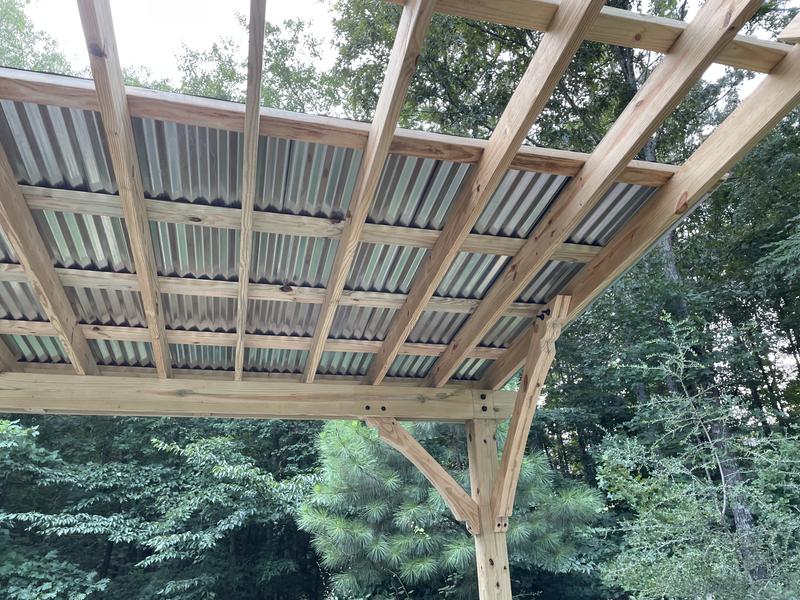
Sink Drain Replacement 101 Everything You Need to Know
Sink Drain Replacement: Mastering the Basics
Understanding the Importance of Proper Drainage
When it comes to maintaining a functional kitchen or bathroom, ensuring proper drainage is paramount. A sink’s drain plays a crucial role in this, facilitating the efficient removal of water and waste from the fixture. Over time, wear and tear can compromise the integrity of the drain, leading to issues such as clogs and leaks. Understanding the basics of sink drain replacement is essential for homeowners looking to address these concerns effectively.
Assessing the Situation: Identifying Signs of Trouble
Before embarking on a sink drain replacement project, it’s important to assess the condition of the existing fixture. Common signs of drain problems include slow drainage, foul odors emanating from the sink, and visible leaks or water damage. By identifying these indicators early on, homeowners can take proactive measures to address the issue before it escalates into a more significant problem.
Gathering the Necessary Tools and Materials
To successfully replace a sink drain, you’ll need the right tools and materials at your disposal. These typically include a pipe wrench, adjustable pliers, plumber’s putty, pipe tape, and a new drain assembly. It’s essential to ensure that you have everything you need before beginning the replacement process to avoid unnecessary delays or complications.
Preparation and Disassembly: Taking Things Apart
Once you’ve gathered your tools and materials, the next step is to prepare the area for drain replacement. This involves clearing out the space under the sink and shutting off the water supply to the fixture. With the water turned off, you can then begin the process of disassembling the old drain, starting with the P-trap and working your way up to the sink drain itself.
Installing the New Drain Assembly: A Step-by-Step Guide
With the old drain removed, it’s time to install the new drain assembly. Begin by applying plumber’s putty to the underside of the drain flange before inserting it into the sink’s drain opening. Next, thread the locknut onto the drain from beneath the sink, ensuring a secure fit. Once in place, connect the P-trap and other components of the drain assembly according to the manufacturer’s instructions.
Testing and Inspection: Ensuring Proper Functionality
After completing the installation process, it’s essential to test the new drain for leaks and proper functionality. Run water through the sink and check for any signs of leakage around the drain assembly. Additionally, ensure that water drains efficiently without any backups or slow drainage issues. Taking the time to thoroughly test and inspect the new drain will help identify any potential problems early on, allowing for timely resolution.
Troubleshooting Common Issues: Addressing Challenges
Despite your best efforts, you may encounter challenges during the sink drain replacement process. Common issues include difficulty removing corroded or rusted components, alignment problems with the new drain assembly, or unexpected leaks upon testing. In such cases, patience and persistence are key. Don’t hesitate to seek guidance from online resources, tutorials, or professional plumbers if needed to overcome these obstacles effectively.







